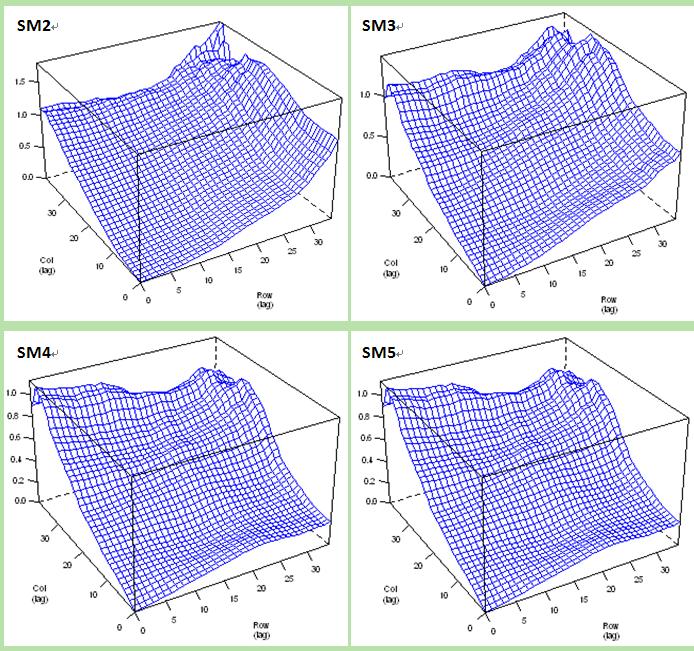

This analysis showed that response to increased marker density is largest when using a diverse training set to predict between poorly related material. The effect of marker density and its interaction with population structure was assessed for marker subsets containing between 100 and 17,181 markers. The breeding cohort analysis revealed that traits with higher selection pressure (lower allelic diversity) can be more accurately predicted by including several previous cohorts in the training set. Here we showed that accuracy can be improved by increasing the diversity within the training set, particularly when relatedness between training and validation sets is low. The structure of the panel was assessed via principal component analysis and K-means clustering, and its effect on prediction accuracy was examined through a novel cross-validation analysis according to the K-means clusters and breeding cohorts. Through assessing the effect of training set size we showed the rate at which prediction accuracy increases is slower beyond approximately 2,000 lines. We used a panel of 10,375 bread wheat ( Triticum aestivum) lines genotyped with 18,101 SNP markers to investigate the effect and interaction of training set size, population structure and marker density on genomic prediction accuracy. Several factors affecting prediction accuracy should be well understood if breeders are to harness genomic selection to its full potential.

Genomic selection applied to plant breeding enables earlier estimates of a line’s performance and significant reductions in generation interval.


 0 kommentar(er)
0 kommentar(er)
